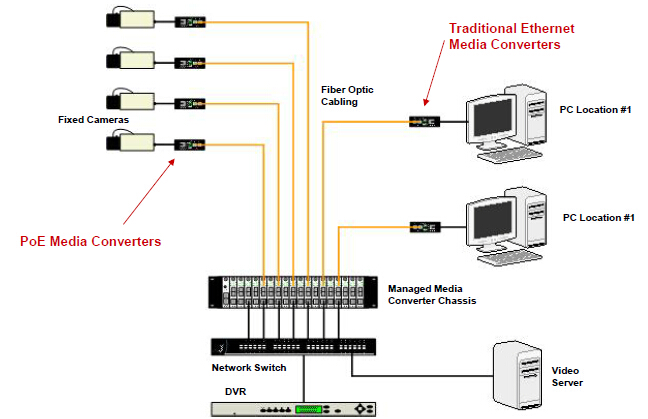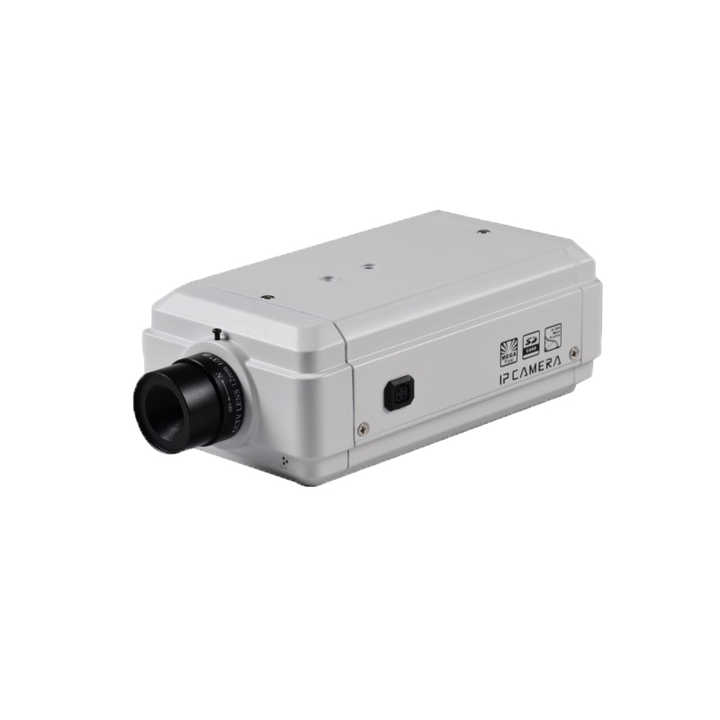How CCTV Cameras With Fiber Optic Outcome Improve Long-Distance Surveillance
CCTV video cameras equipped with fiber optic output stand for a significant innovation in long-distance monitoring innovation, using unrivaled benefits over traditional systems. By leveraging the properties of light transmission through fiber optics, these video cameras make certain high-def video clip quality remains intact throughout comprehensive ranges while efficiently alleviating electro-magnetic disturbance. This innovation not only boosts image quality yet also improves setup procedures and resource allowance. As we explore the implications of this innovation, one must think about just how these improvements are improving the landscape of safety and security and tracking systems in different applications.

Comprehending Fiber Optic Technology
Fiber optic innovation is progressively used in long-distance surveillance applications due to its phenomenal capability for data transmission. This modern technology utilizes thin hairs of glass or plastic fibers to transfer data as light signals, dramatically reducing the attenuation generally related to conventional copper wires. The intrinsic homes of fiber optics enable the transmission of big quantities of information over substantial ranges without loss of quality, making it an optimal choice for applications requiring trustworthy interaction.
The principle of complete inner reflection helps with the effective transmission of light within the fiber, guaranteeing high data transfer and speed. Unlike electrical signals in metal wires, optical fiber are immune to electro-magnetic interference, boosting the stability of information transmission. This characteristic is specifically beneficial in atmospheres with high levels of electric noise, such as industrial setups or metropolitan areas.
Furthermore, fiber optic cords are lighter and a lot more adaptable than their copper equivalents, which simplifies installation and minimizes structural lots. With their durability and resistance to environmental elements, optical fiber are well-suited for exterior applications, therefore expanding the reach of monitoring systems. As an outcome, fiber optic innovation is ending up being a keystone in contemporary surveillance options, efficiently attending to the challenges of long-distance monitoring.
Advantages of Fiber Optic CCTV
Utilizing fiber optic modern technology in CCTV systems provides countless advantages that improve monitoring capabilities. Among the main benefits is the capacity to transfer high-def video clip over lengthy ranges without considerable signal deterioration. Unlike typical copper cords, fiber optics can keep video clip high quality over comprehensive runs, making them suitable for large buildings or remote monitoring areas.
In addition, fiber optic cables are much less vulnerable to electro-magnetic disturbance, which can misshape signals in conventional systems. This ensures clearer photos and nonstop solution, important for security surveillance. Furthermore, fiber optics are inherently more safe and secure, as intercepting signals requires specific tools, hence providing an added layer of protection versus unapproved accessibility.
The light-weight and portable nature of fiber optic wires likewise simplifies installation, enabling easier directing via tight spaces and minimizing overall labor costs. Their sturdiness makes them resistant to environmental elements such as wetness and temperature variations, expanding the life expectancy of the security system.
Finally, fiber optic systems can support a greater number of cameras on a solitary network, maximizing sources and supplying scalability for future development. These advantages make fiber optic CCTV systems a remarkable choice for modern-day surveillance demands.
Comparison With Traditional Equipments
When contrasting CCTV systems, traditional configurations frequently fall brief in several vital locations, particularly in terms of distance and signal honesty. Traditional coax systems usually deal with significant signal degradation over lengthy ranges, restricting reliable tracking varies to about 300 feet (cctv fibre optic cable). Beyond this limit, photo clearness decreases, leading to prospective dead spots and reduced monitoring effectiveness
In contrast, fiber optic systems preserve signal integrity over a lot better distances, usually exceeding numerous miles without loss of quality. This is mainly because of their capacity to transmit information as light signals, which are less at risk to electro-magnetic interference than electrical check out here signals made use of in typical systems.
In addition, traditional systems require extra comprehensive upkeep and troubleshooting as a result of their susceptability to environmental factors such as wetness and electromagnetic sound. Fiber optic systems, conversely, deal enhanced longevity and lower upkeep costs, as they are much less vulnerable to damage.
Applications in Long-Distance Tracking
The benefits of contemporary CCTV systems in keeping signal integrity over cross countries open a wide variety of applications for long-distance monitoring. One considerable application remains in urban security, where districts release fiber optic CCTV systems to keep an eye on public rooms, boosting safety and security and discouraging criminal task. These systems offer constant, top notch video clip feeds that are important for effective legislation enforcement and emergency reaction.
An additional vital application remains in commercial setups, where remote tracking of making processes and harmful locations is necessary. Fiber optic CCTV can withstand harsh settings and transfer information over long distances without loss of quality, permitting for real-time oversight and minimizing risks to employees.
Additionally, critical infrastructure such as airport terminals, railways, and pipes profit from long-distance CCTV tracking. Protection teams can oversee large areas from centralized control areas, making certain fast reaction to any kind of occurrences.
Moreover, in agricultural settings, farmers make use of long-distance CCTV to keep track of plants and livestock, aiding to enhance efficiency and safety. In general, the flexibility and integrity of fiber optic CCTV try this systems make them indispensable across various sectors, making it possible for comprehensive monitoring options customized to specific requirements.
Future Trends in Monitoring Innovation
Just how will innovations in modern technology reshape the landscape of security? The future of surveillance modern technology is poised for considerable change, driven by advancements such as expert system (AI), equipment learning, and side computing. These modern technologies make it possible for real-time information analysis, enabling quick recognition of possible hazards and enhanced situational awareness.
AI-powered analytics will boost the accuracy of facial acknowledgment systems, minimizing false positives and enabling extra effective tracking of individuals. The integration of Web of Things (IoT) gadgets will help with a smooth network of interconnected security systems, improving surveillance capacities throughout substantial areas.
An additional fad is the shift towards cloud-based storage remedies, which provide scalable information administration and access. This will certainly permit companies to save huge amounts of video information without the limitations of physical storage, while making certain that information is quickly retrievable.

Final Thought
Finally, CCTV cameras geared up with fiber optic outcome represent a significant innovation in long-distance monitoring capacities. The application of fiber optic modern technology ensures high-definition video clip transmission over comprehensive ranges without quality destruction, while likewise supplying immunity to electro-magnetic disturbance. The light-weight and flexible nature of these systems promotes structured installation and resource optimization. As surveillance modern technology proceeds to evolve, the adoption of fiber optic solutions will likely play an essential function in improving security throughout varied applications.